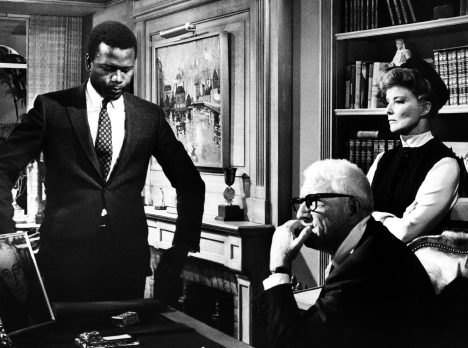Television
Printed Page 211

As Hollywood responded to the political, regulatory, and social changes transforming 1940s and 1950s America, it also sought to strike back at the major technological force emerging at that time: television. Studios used several strategies to try competing against TV.
First, with growing legions of people gathering around their living-room TV sets, studios shifted movie content toward more serious themes—including alcoholism (The Lost Weekend, 1945), racism (Pinky, 1949), sexuality (Peyton Place, 1957; Butterfield 8, 1960; and Lolita, 1962), and other topics television steered clear of. Ironically, such films challenged the authority of the industry’s own Motion Picture Production Code, adopted in the early 1930s to restrict film depictions of violence, crime, drug use, and sexual behavior. (For more on the Code, see Chapter 14.) In 1967, the Motion Picture Association of America initiated the current ratings system, which rates films for age appropriateness, rather than censoring all adult content.
Second, the film industry introduced a host of technological improvements designed to lure Americans away from their TV sets. These innovations included “Technicolor,” a series of color film processes (alluring in a world where TV screens showed only black-and-white images). Movie theaters also began offering wide screens, stereophonic sound, and extra-clear film that was a huge improvement over previously fuzzy images. But while these developments may have drawn some people back to downtown movie theaters, they weren’t enough to surmount the studios’ core problem: the middle-class flight to the suburbs, away from downtown movie theaters.